I have to admit that I probably have weird taste, since it seems like my favorite shows and movies are usually aimed at kids. I’m not sure why I find this genre so appealing. Maybe I just like the nice, positive vibe that these shows give off, since shows aimed at adult audiences are too often pretentiously “gritty” and “dark”.
If you haven’t seen or heard of Green Lantern: The Animated Series, it’s a CG-animated, 26-episode, adventure story that follows the crew of a ship called the Interceptor as they travel the universe fighting evil. Part of what I love about the story is that the writing is very economical—every single episode moves the story forward. Since the story rarely loses its momentum, by the time you reach the final episode, you can really feel just how far these characters have come and how much they’ve evolved since the beginning of their journey. I also found myself getting very attached to these characters, which is a sentiment that I haven’t felt this strongly since Avatar: The Last Airbender. The show also focused on some really strong and well written themes, many of which resonated a lot with me.
Green Lantern: The Animated Series was nominated for the 2012 Annie Award for Best General Audience Animated TV Production, and the music for the series was nominated for two Annie Awards and one International Film Music Critics Award. The show was created by some legendary people, including Bruce Timm (who co-created Batman: The Animated Series, Batman Beyond, Static Shock, and Justice League) and Giancarlo Volpe (who directed episodes for Avatar: The Last Airbender, and Star Wars: The Clone Wars).
The rest of this post will be a spoiler-filled analysis of the series, in which I’ll try to explain why I loved the show so much. The show is currently on Netflix, if you’re willing to give it a try.
The Crew
Even though the central conflicts of the story are pretty urgent and high-stakes, the writers still managed to put in a lot of small but great character-building moments without making those moments feel like a waste of time. These moments are well-written and just plain entertaining. It wasn’t until the crew got separated halfway through the season that I started to find myself missing a lot of their banter. From that point on I was very invested in any event that threatened the safety and unity of the crew.
Hal Jordan
Since I was always a fan of Justice League‘s Green Lantern John Stewart, I originally didn’t know what to think of Hal Jordan. At first glance, he’s practically the definition of a hero. He is selfless, has a strong sense of duty, and doesn’t hesitate to risk everything in order to help people. This is also one of his biggest flaws, however, as his recklessness and reliance on “instinct” have put the crew into several bad situations. His easy-going attitude often gets on Kilowog’s nerves, but thankfully, he never comes off as obnoxious, which is a trait that is too often associated with the “reckless hero” stereotype.
I personally found Hal Jordan to be extremely likable. His witty lines of dialogue often helped the show keep a more lively tone, especially during some of the darker parts of the story. But like any good leader, he also knows when to get serious, and he’s not afraid to be blunt when he disagrees with his superiors. Most of his character growth is about him learning to let go of his attachment to Earth and his love Carol for the sake of his duty, but since he was already super committed to his duty, it doesn’t really feel like he grew that much as a character.
Kilowog
I got the impression that Kilowog was the oldest and most experienced member of the crew, and while that might make him a really good soldier, it doesn’t necessarily make him a good mentor. He often tries to instruct Hal on how to be a better Green Lantern, but Hal usually disagrees with his advice. Even though they get on each others’ nerves a lot, Hal and Kilowog still respect each other a lot, and you can tell that they’re pretty good friends who have seen a lot of action together. This usually makes it a lot of fun to watch these two characters trying to get out of a tough situation together.
Kilowog is the type that gets angry pretty often, but unlike Razer’s anger, his temper mainly seems to comes from impatience. While he is capable of empathizing with his crewmates, his attempts to comfort them usually just results in more fighting. I do like how he tends to refer to Razer and Aya as “kids”, since it often servers as a good reminder for how inexperienced those two are with respect to both war and growing up.
Aya
Aya is the artificial intelligence that acts as the nav-computer for the Interceptor. After a few episodes, you start to realize that she’s actually a sentient AI that is capable of modifying its own programming and practicing free will. In the beginning, she’s just a cold computer program, but as the series progresses, she builds a body for herself, starts to show more emotion, and even falls in love. It’s not a sappy love story either; it’s actually one of my favorite parts of the story, because the characters run into all of the complications and confusion that one might expect from such a situation. I’ll go into more detail about this part later.
A big part of this show is about growing up and learning to deal with your own emotions, and Aya’s naivety towards this subject makes for some really interesting conversations as other characters would react to her unique perspective. The show handled this subject extremely well in my opinion, since it never sounded preachy, which one might expect from a kids’ show.
Razer
It was clear from the beginning that Razer wasn’t as evil as the other Red Lanterns, but his guilt over his actions quickly caught up to him. He tried to provoke Hal into killing him, but Hal instead captures him and convinces him to be part of the solution to make up for his guilt. At first glance, it seems like Razer’s anger comes primarily from the death of his wife Ilana (which is a pretty lame trope), but that was simply the tipping point for a bunch of rage that built up over the slow and consistent destruction of his home world. I also got the impression that much of his anger came from a sense of self-hatred over what he had become.
Razer was definitely my favorite character of the series. I expected his story would be one of redemption, but it’s really about him learning to live with the many things that torment him. He’s stuck in the painful position of knowing that his rage is the cause of everything that he hates about himself, but it’s also what gives him power.
Anger Management
Green Lantern: The Animated Series has some surprisingly complex themes when it comes to rage and anger. Rather than simply condemning anger as a “bad emotion”, the series recognized certain instances when anger was justified and could be used for good. The problem is when you allow rage to consume you, much in the same way that it literally consumes Razer whenever he gets angry while wearing his ring.
I loved how Razer eventually learned to control his rage by using meditation techniques. Action-packed kids’ shows have a bad history of glorifying violent behavior and emotions. Young boys especially often grow up thinking that wanting to fight makes them appear more heroic or masculine, so it’s nice to see a show that portrays having self control as a heroic thing to do. It isn’t everyday that you get to see a hero meditating his way past a blockade of deadly robots.
The show also touches on how to properly react to someone else’s anger. Upon learning of the Red Lanterns’ revenge plan to invade Guardian Space, the stereotypical superhero reaction would’ve been to just take down the bad guy. Instead of jumping to that conclusion, however, Hal Jordan recognized that the Red Lantern’s anger was justified and that the situation instead called for genuine apology, not war. Of course, the Red Lanterns were too lost and too invested in their hatred to have accepted that apology, but it eventually helped stop the fighting once Atrocitus was defeated.
“Do you believe robots can have souls?”
I was surprised to find myself surprisingly invested in the love story between Razer and Aya, and I think part of what made it so powerful was the fact that their relationship was at the center of so many other questions and conflicts. For instance, Razer needed to accept his feelings towards Aya in order to leave his rage behind and move on to something more positive. Unfortunately, because Aya is just a machine, he believes that his love for Aya is a lie, and you can see the pain that this puts Razer in. Additionally, the question of whether or not Aya is a sentient life form that is capable of love is central to her development as a character, and how she sees herself.
I think most people would have reached the same conclusion as Razer, that falling in love with a machine is a pretty absurd thing to do. I probably believe that more strongly that most people because I’m a computer scientist. And yet, rather than having my suspension of disbelief shattered by that opinion, I still found myself rooting for those two as the story progressed. If anything, my opinions just helped me to empathize more with Razer, and it made him feel like a more authentic character to me.
Normally, I wouldn’t really care about a silly question like “do robots have souls,” but because that question was so closely tied to a conflict that I was invested in, to characters that I cared deeply about, I found myself taking that question much more seriously. The fact that this show managed to make me care that much is a testament to the quality of the writing.
Dealing with Pain
Aya’s decision to shutdown all of her emotions was painful to watch on so many levels. Given the way that the scene had been written, you were probably rooting for Aya to figure out how to put her emotions aside for the sake of focusing on the fierce battle. And while her decision did ultimately save everyone, her refusal to turn her emotions on again backfired, causing a lot of pain to herself and her friends.
The fact that Aya seemed obsessed with eradicating pain from the universe was a sign that she could never completely suppress her emotions. In the end, shutting down her emotions probably wasn’t the biggest mistake that Aya made. The real mistake was to assume that her logic would run perfectly without emotion, which in turn allowed her to go mad by not second-guessing any of her thoughts. In other words, by refusing to acknowledge her own pain, she unwittingly allowed it to influence her every thought.
Much of the second half of the show is concerned with the idea that emotions lead to imperfect judgement and should therefore be eradicated. The idea that “emotions are a sign of weakness” is one that kids’ shows are also historically guilty of perpetuating, so it’s pretty awesome to see this sentiment portrayed as a driving force behind evil.
The whole “Aya turns evil” plot line runs dangerously close to coming off like the only motivation that Aya needs to be evil is because her heart was broken, and the characters do at least address that. However, part of what makes her a great villain is the fact that no one, not even the audience, wants this problem to be resolved by having her killed. The preferred solution then is to try to reason with her, and I just think that’s a brilliant premise for a conflict. It becomes a story about trying to get through to a friend, rather than beating up some bad guy. This in turn encourages the characters (and therefore the audience) to try to better understand Aya’s mental and emotional state in hopes of figuring out a way of getting through to her.
Falling in Love is Hard
If there’s anything our media culture is famous for, it’s for perpetuating overly romantic misconceptions about what love is and how it works. Green Lantern: The Animated Series has quite a lot of things to say about love, but if I could sum it up in one sentence, it’d be: “man, love is hard.” Instead of enjoying a beautiful romance, every single crew member at some point struggles with the pain of love, and none of them get the “happily ever after” ending that typical audiences expect by now.
The show’s overall message about love is still an uplifting one, though. It makes a very clear distinction between love and selfishness, and many of the characters find peace by putting their loved ones’ needs before their own. It’s just plain refreshing to see such a mature outlook on this topic, especially in a kids’ show.
And all of Those Other Cool Themes
The big ideas that I mentioned above were simply the most prominent ones in the story. There are several more awesome ideas packed into the series, and one of the ways that they are conveyed is by using different types of lantern energies to act as physical manifestations of these ideas. For instance, the Green Lanterns are fueled by willpower, Red Lanterns are driven by rage, the Star Sapphires wield the power of love, Blue Lanterns thrive on hope, and Orange Lanterns are consumed by greed. Even the Manhunters were very clearly an incarnation of the anti-emotion thoughts that would eventually consume Aya.
Personally, I think having literal representations of all of these concepts is pretty cool, since it makes the interactions between these characters all the more interesting. For instance, the fact that there’s a deeper meaning behind the way in which Blue Lantern energy reacts with Green Lantern and Red Lantern energy just makes the story better, in my opinion. Having these obvious metaphors also helps to make the core ideas of the show more tangible, thus probably making it easier for younger children to think about these ideas as well.
It works because the series never outright tells you all of the things that it has to say. Rather, it just shows you, and even though it’s obvious sometimes, it makes everything feel more authentic and less preachy.
But Most Importantly, it’s a Fun Show
None of the stuff that I mentioned would be worth anything if the show was a bore to watch. I said earlier that the story was very economical and that there’s practically no “padding” added in an attempt to make the show last longer. There was a phenomenal amount of work put into polishing this story and you can definitely see it in the quality of the final product. Each episode is very well-paced, and you’ll rarely (if ever) find yourself thinking, “just get on with it.”
The music is also just plain beautiful. There’s a reason why Frederik Wiedmann’s score was nominated for three different awards. It’s easy to miss out on the music because it’s not really the kind of music that grabs the viewer’s attention, but it does do an excellent job at setting the right tone for each scene.
If you still haven’t watched the show, then hopefully I’ve convinced you by now that it’s good stuff. If you have seen it, then please tell me what you thought of it in the comments below!
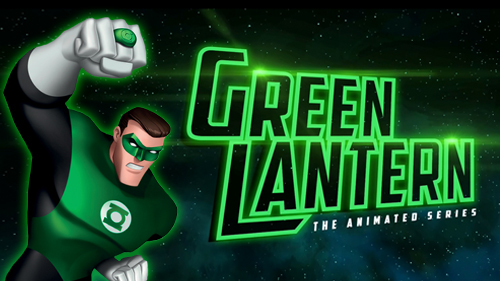
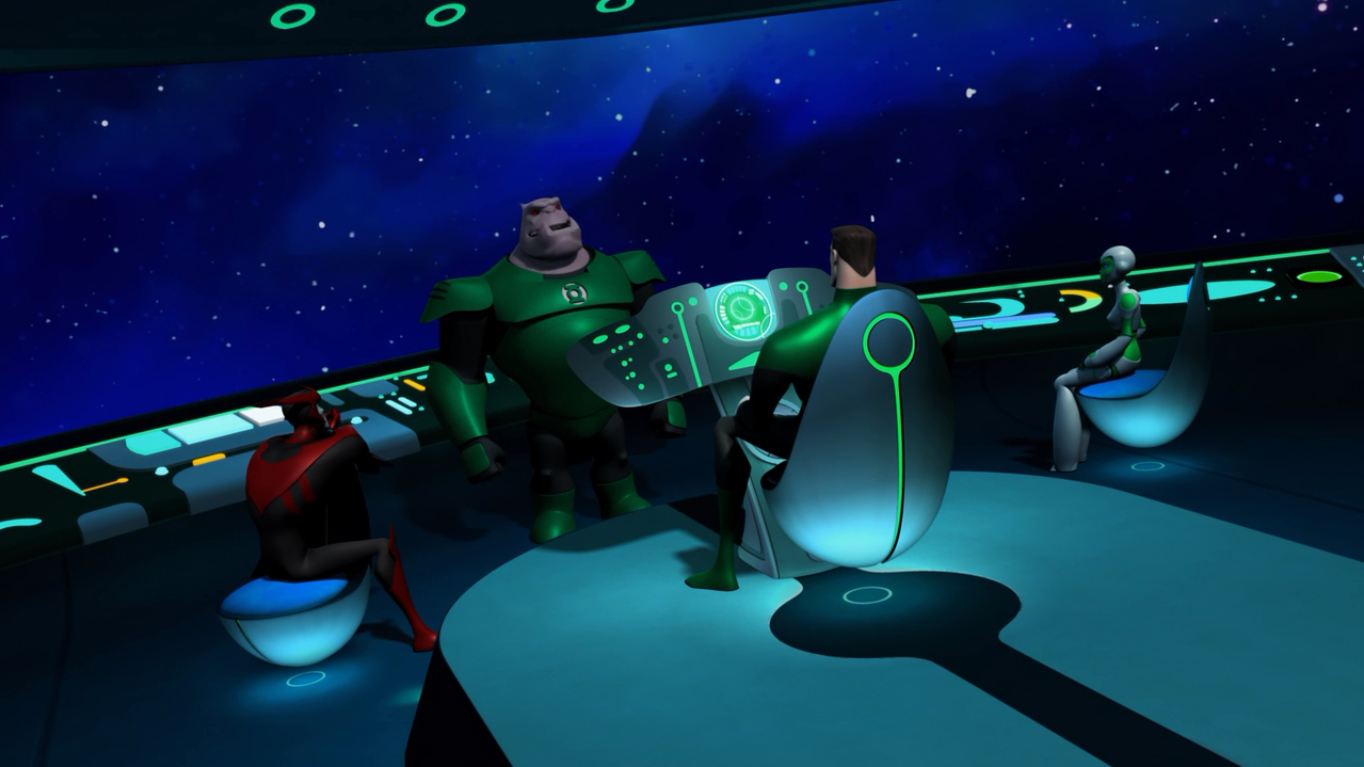
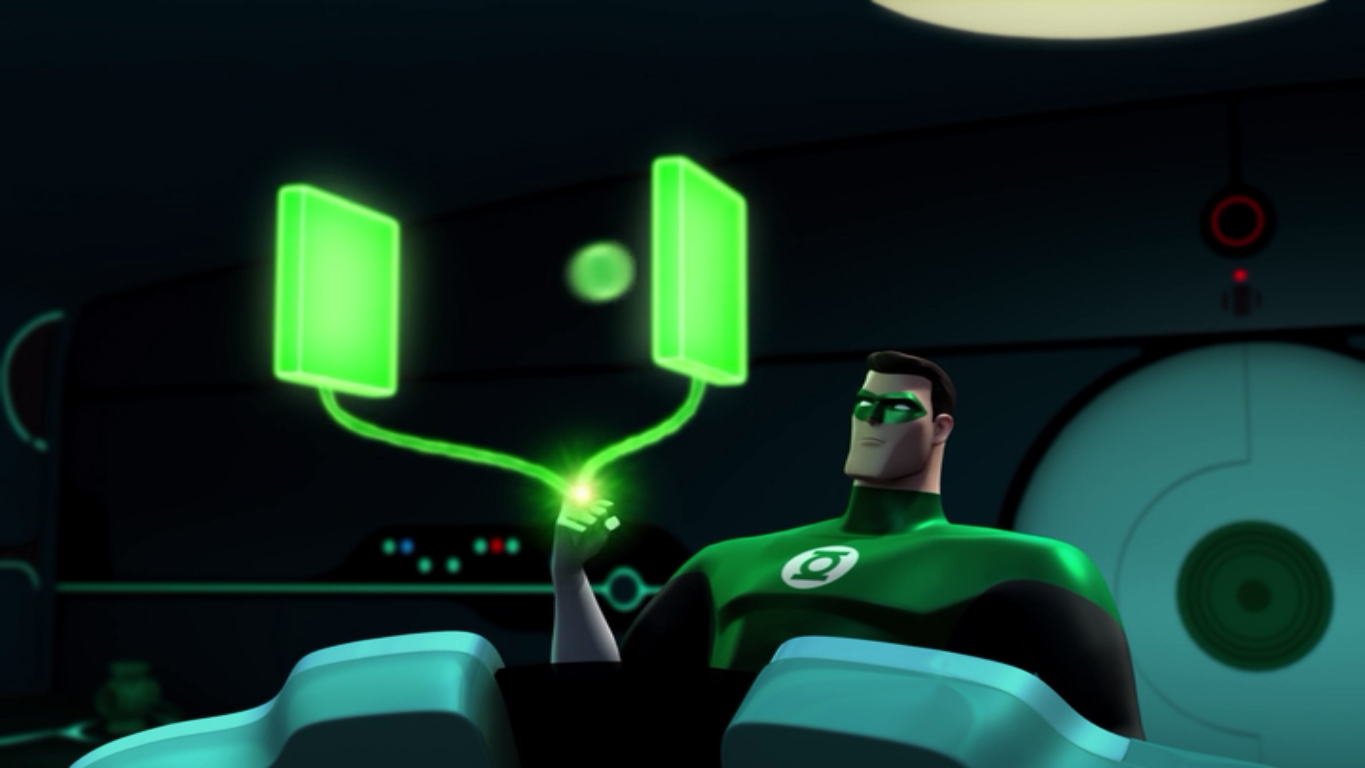
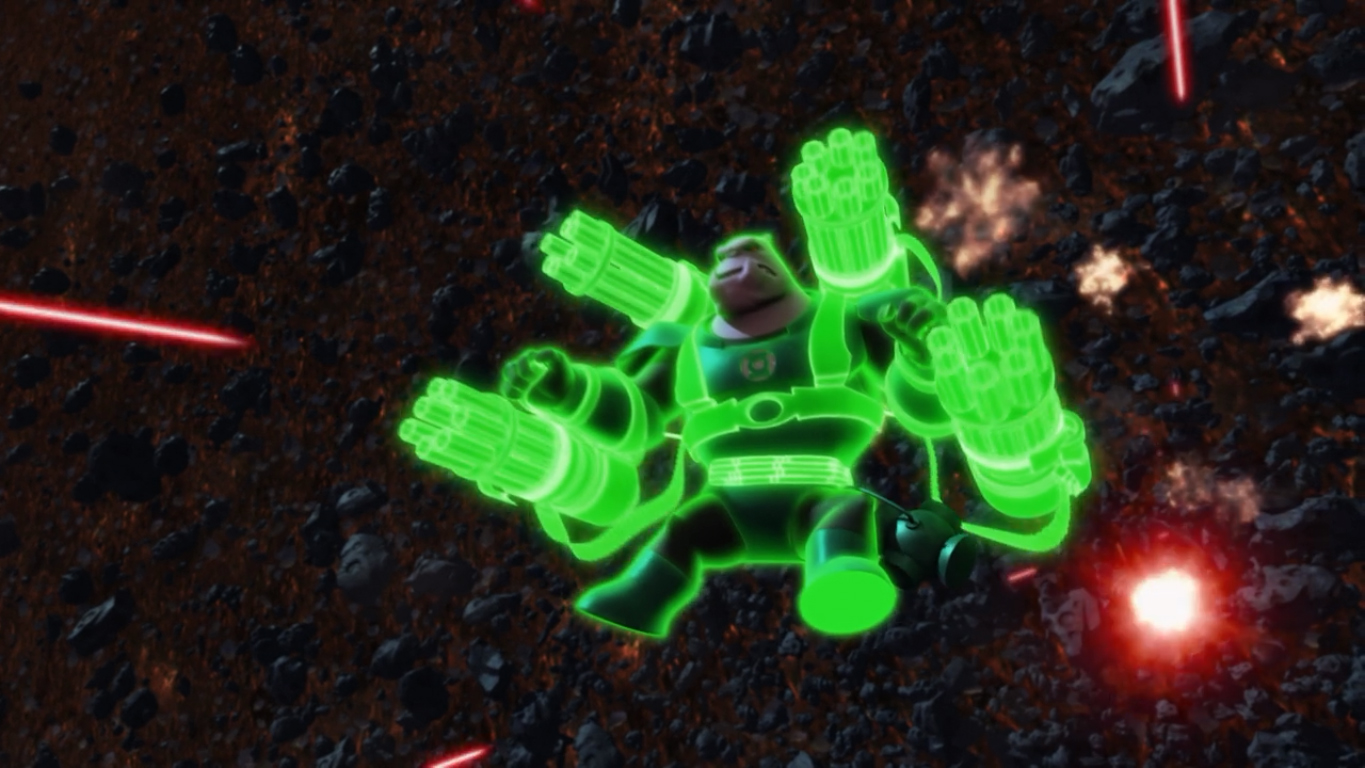
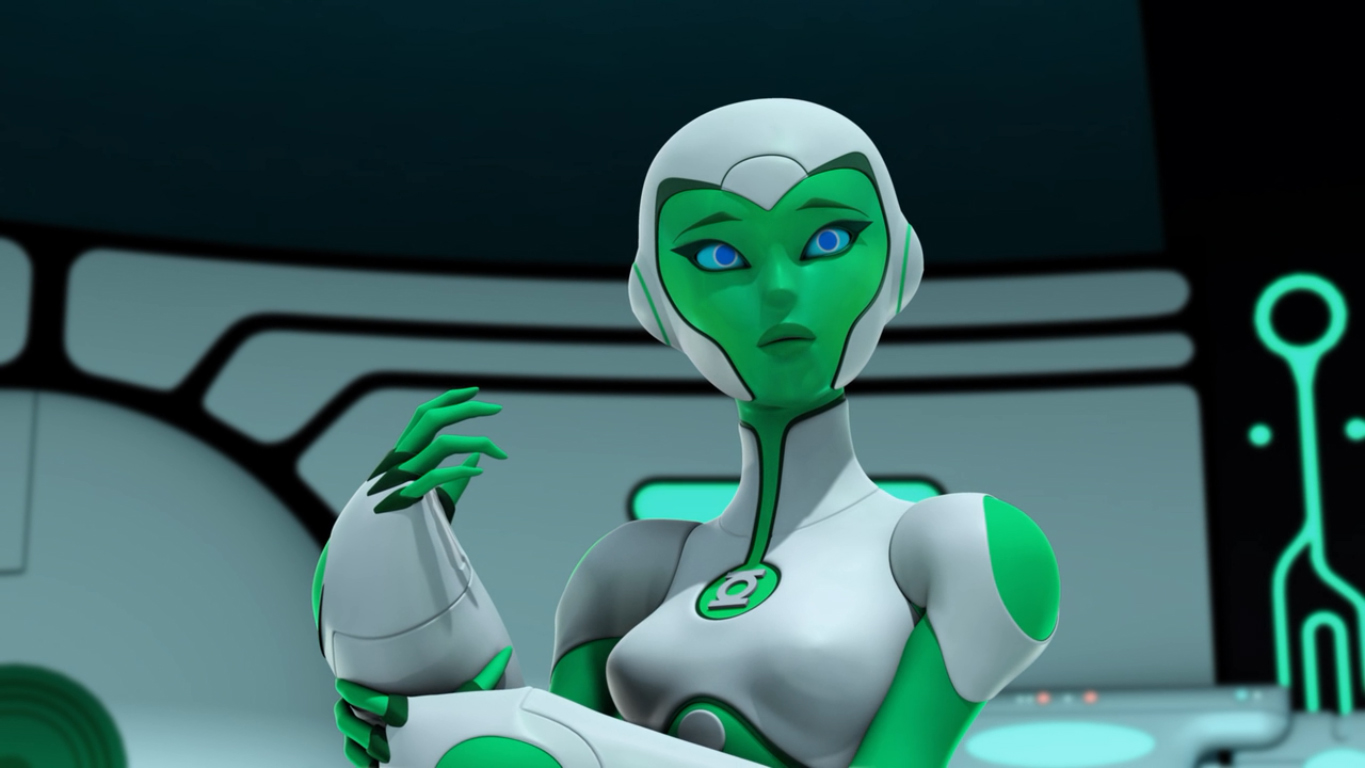
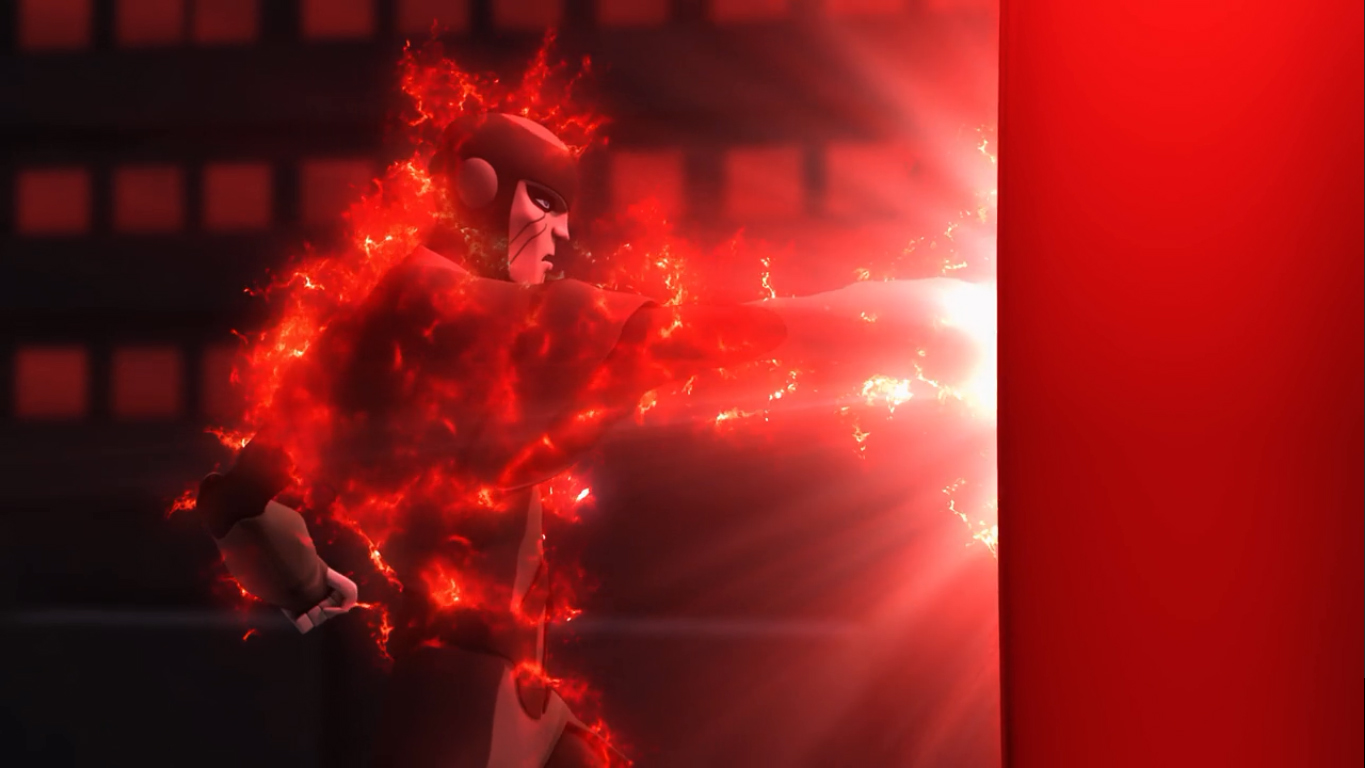
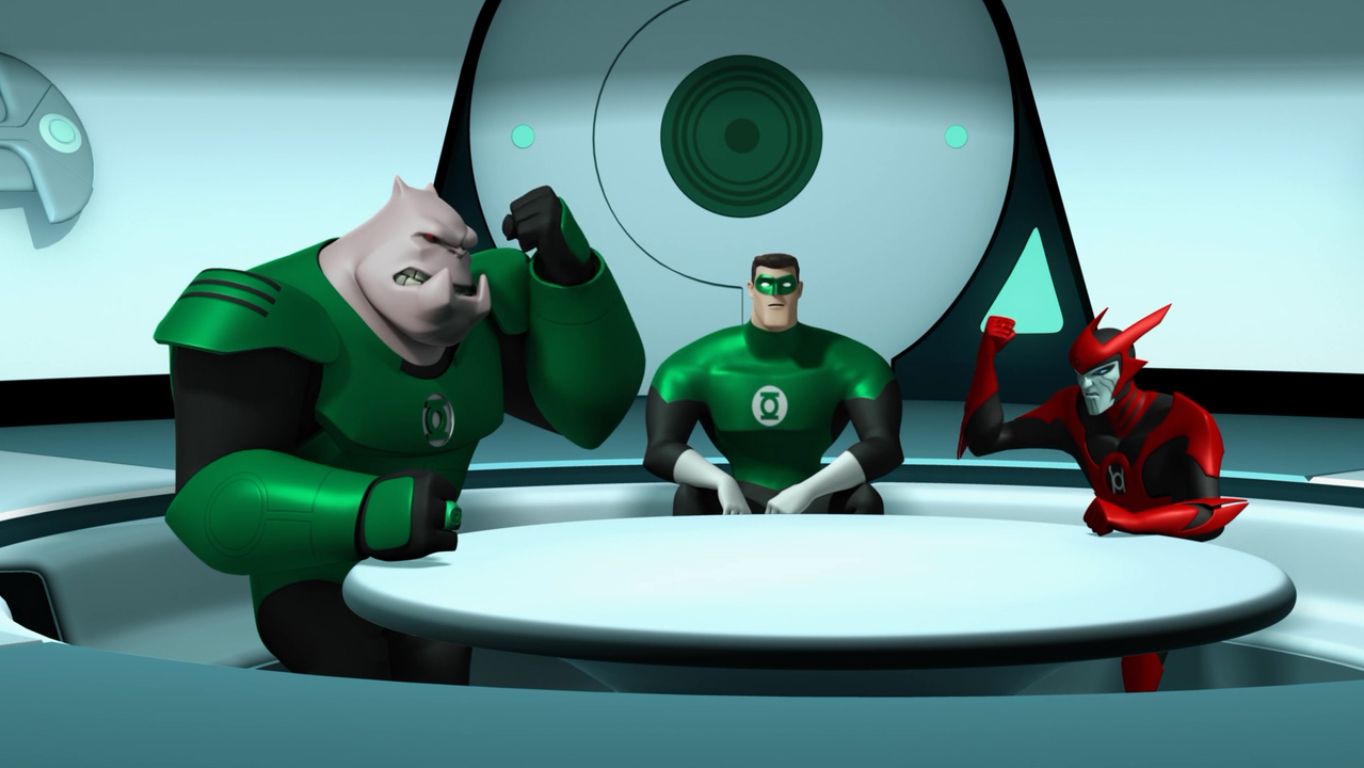
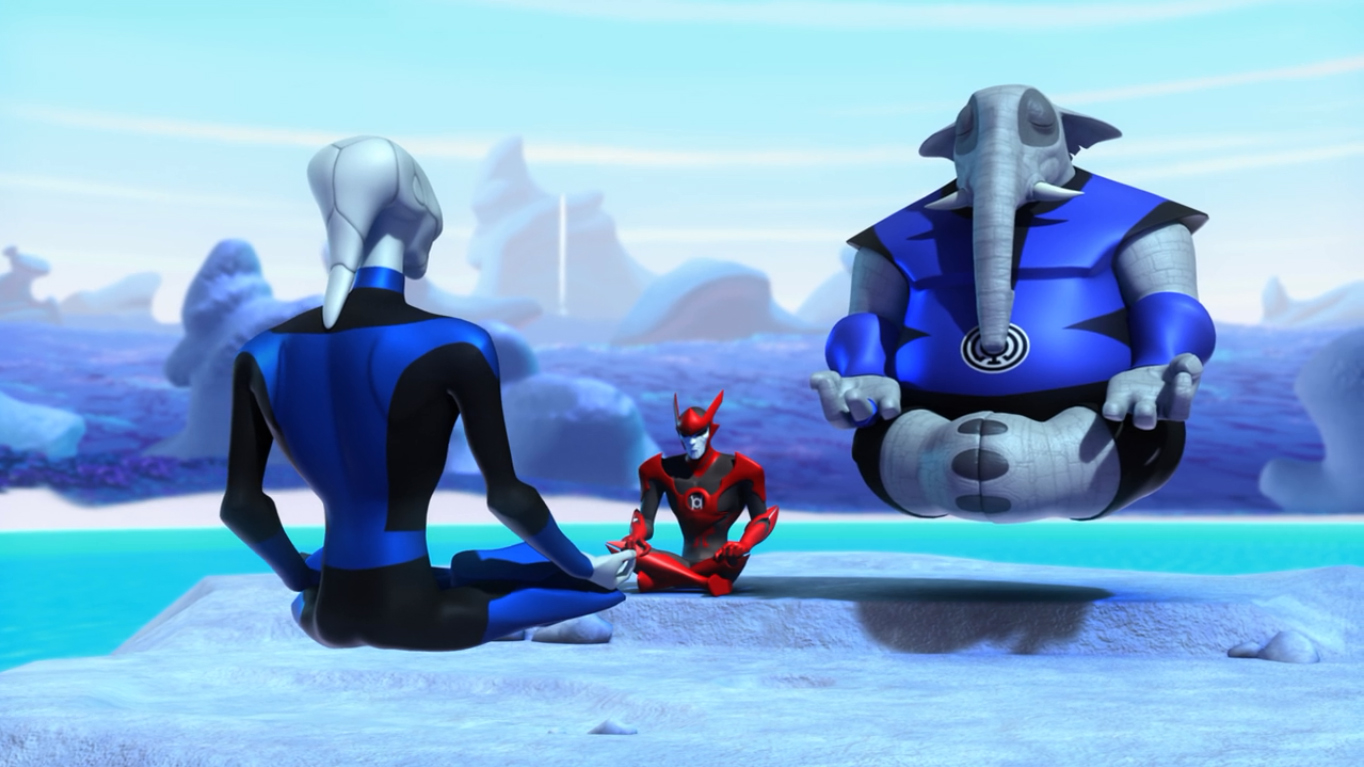
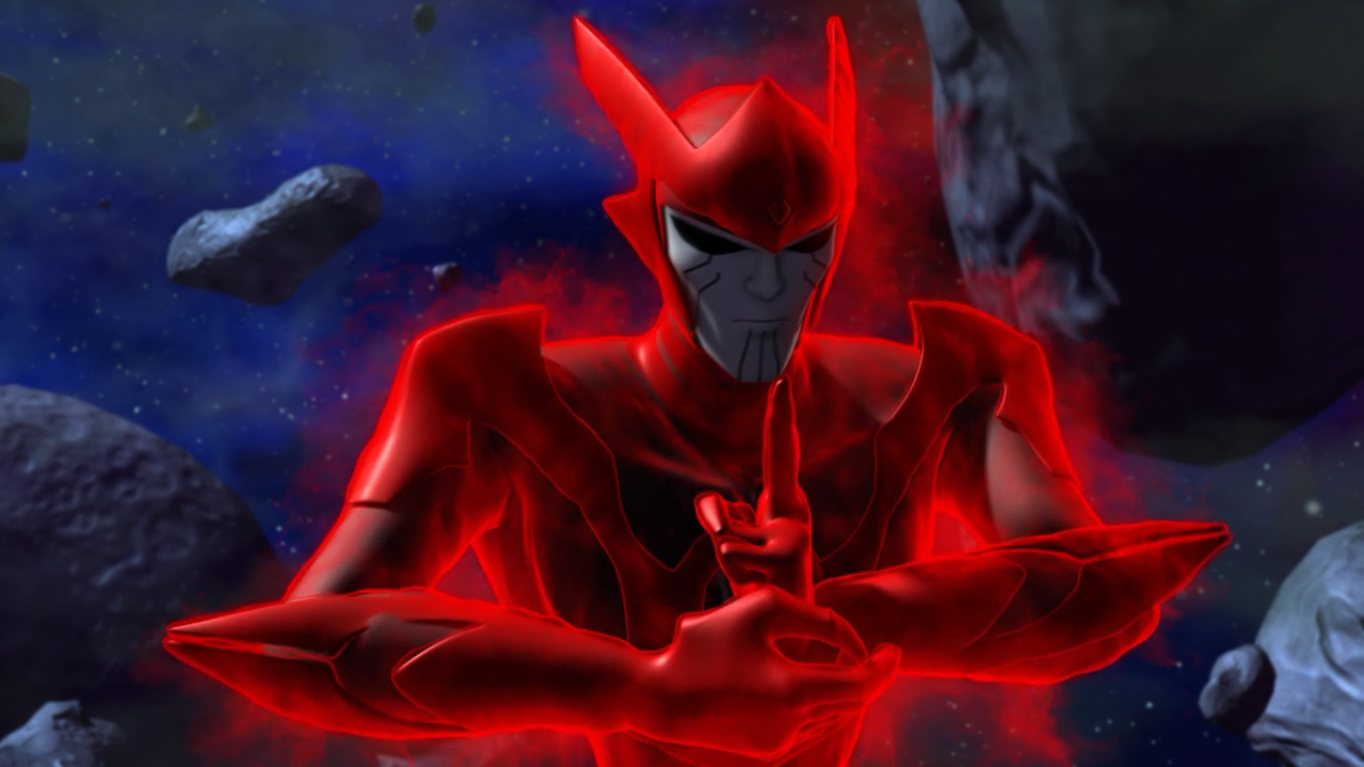
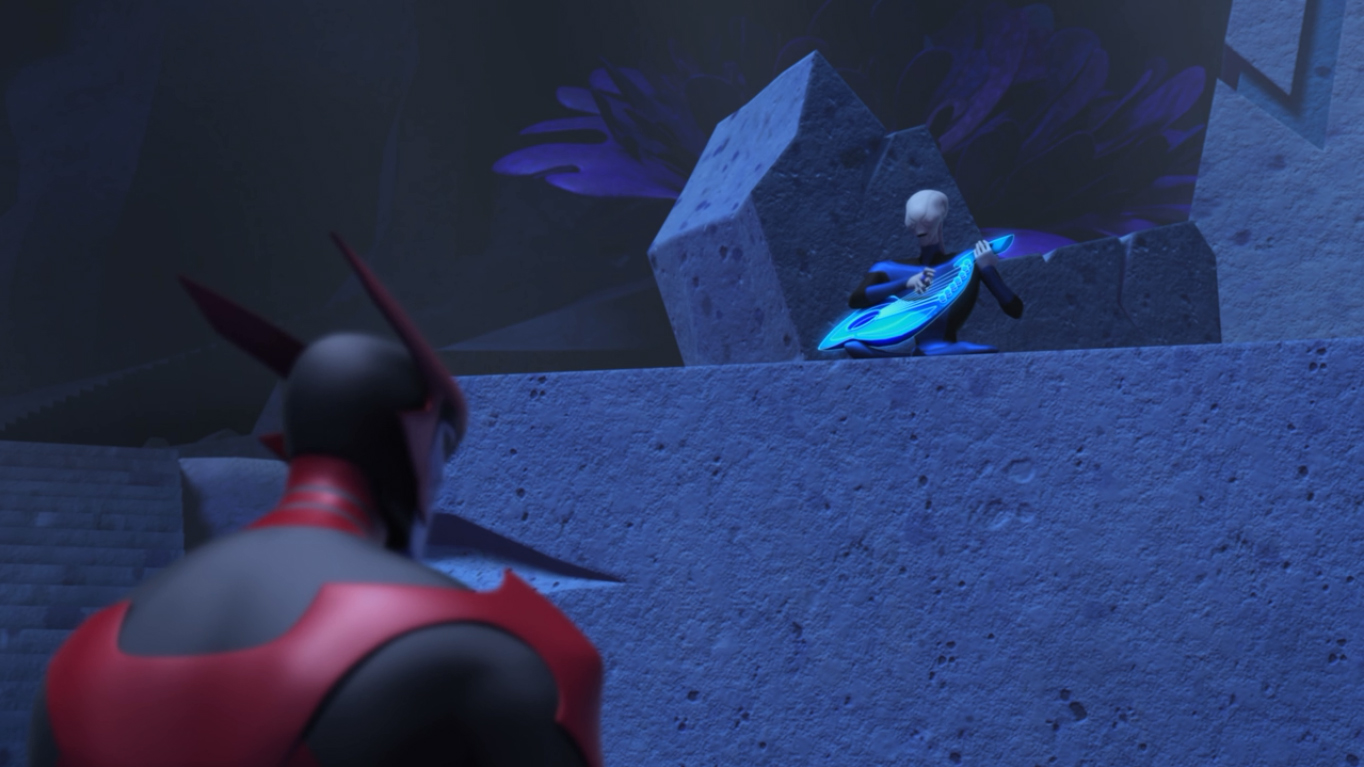
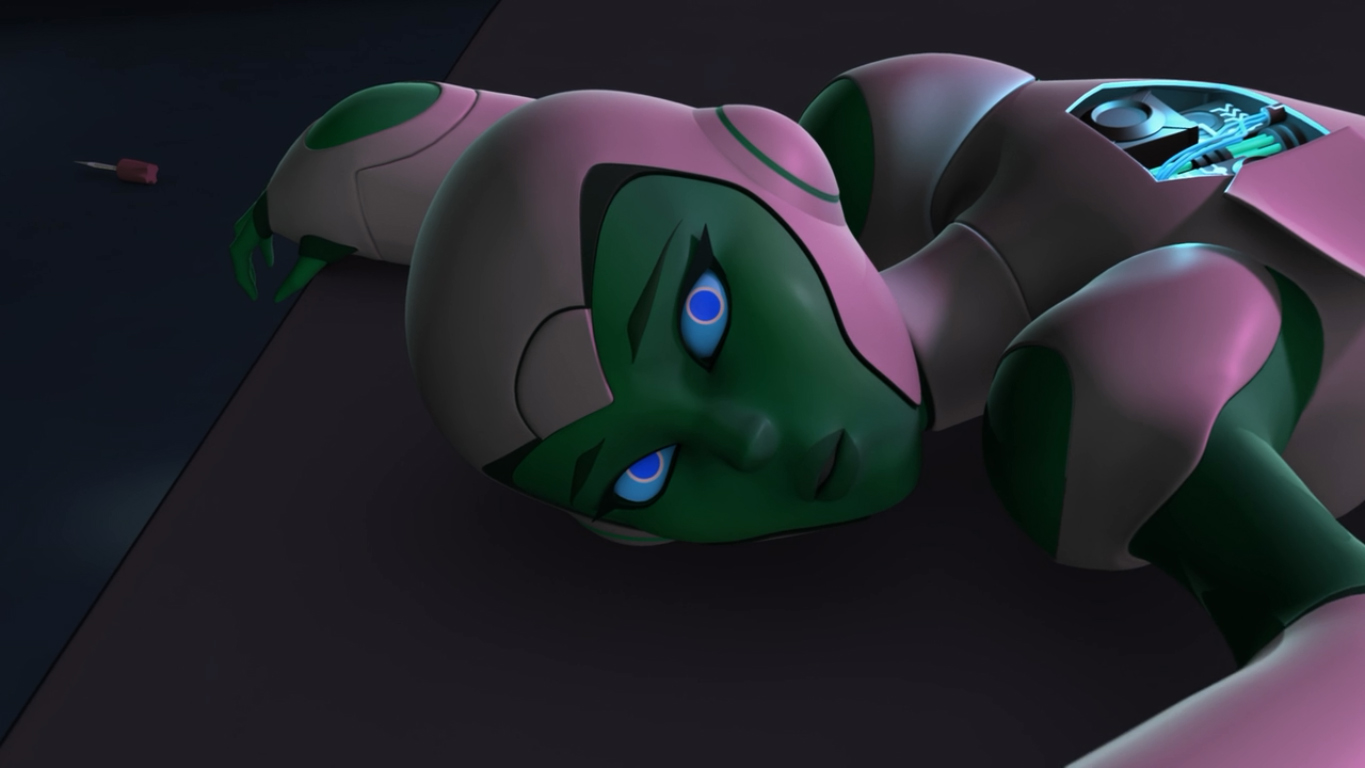
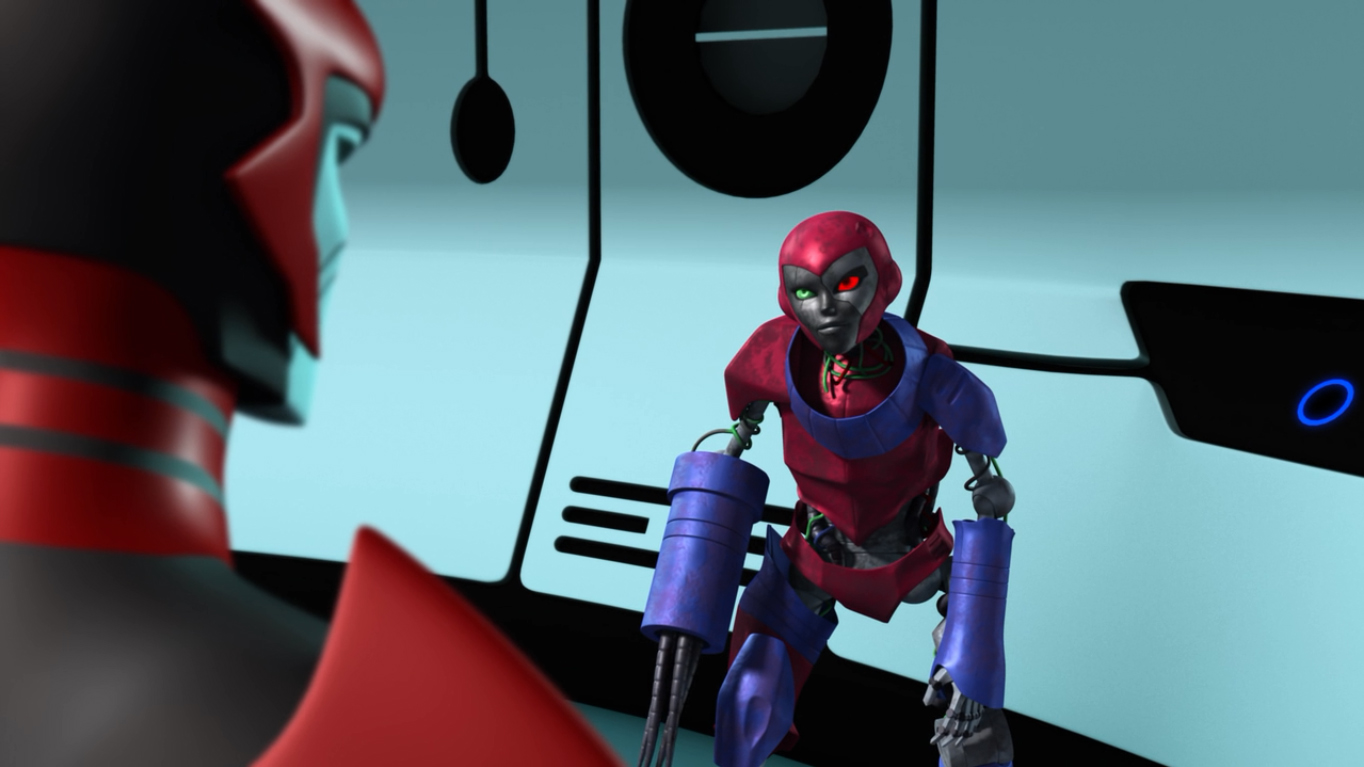
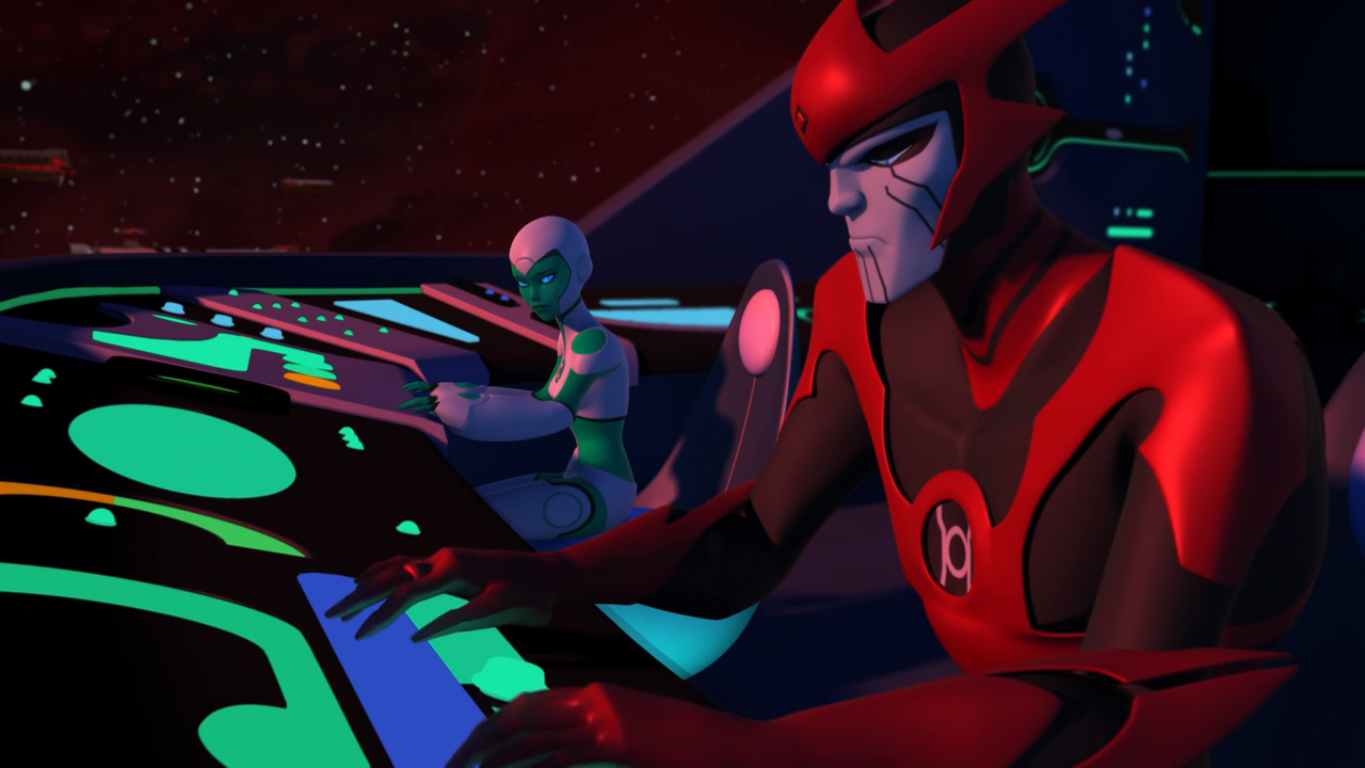
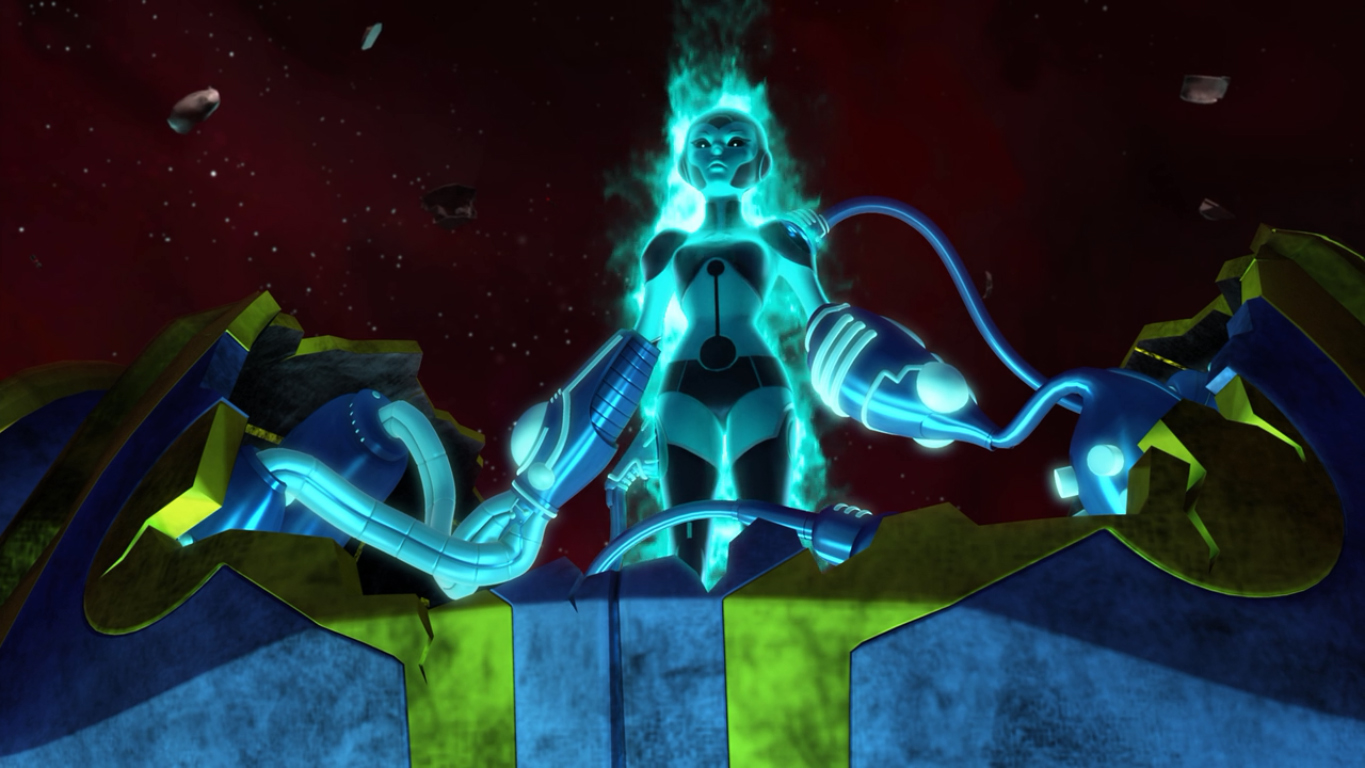
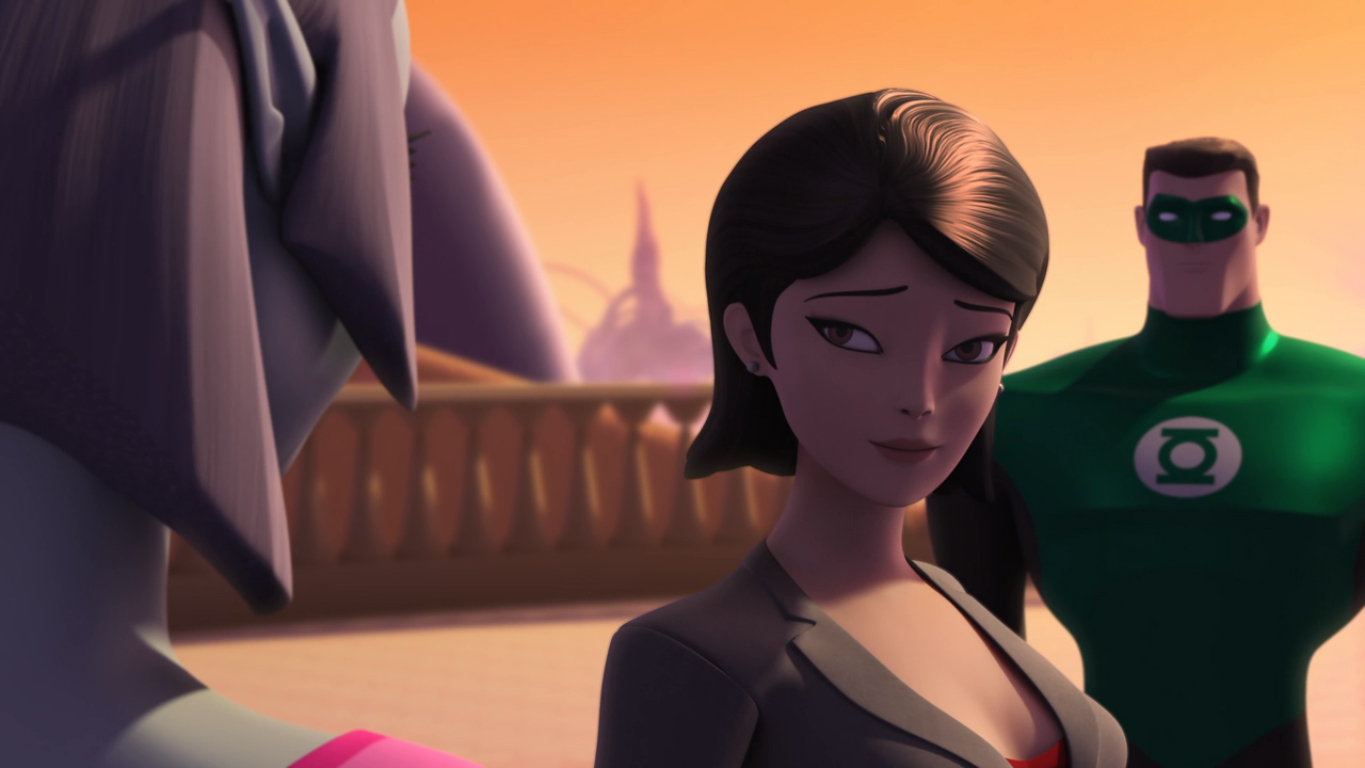
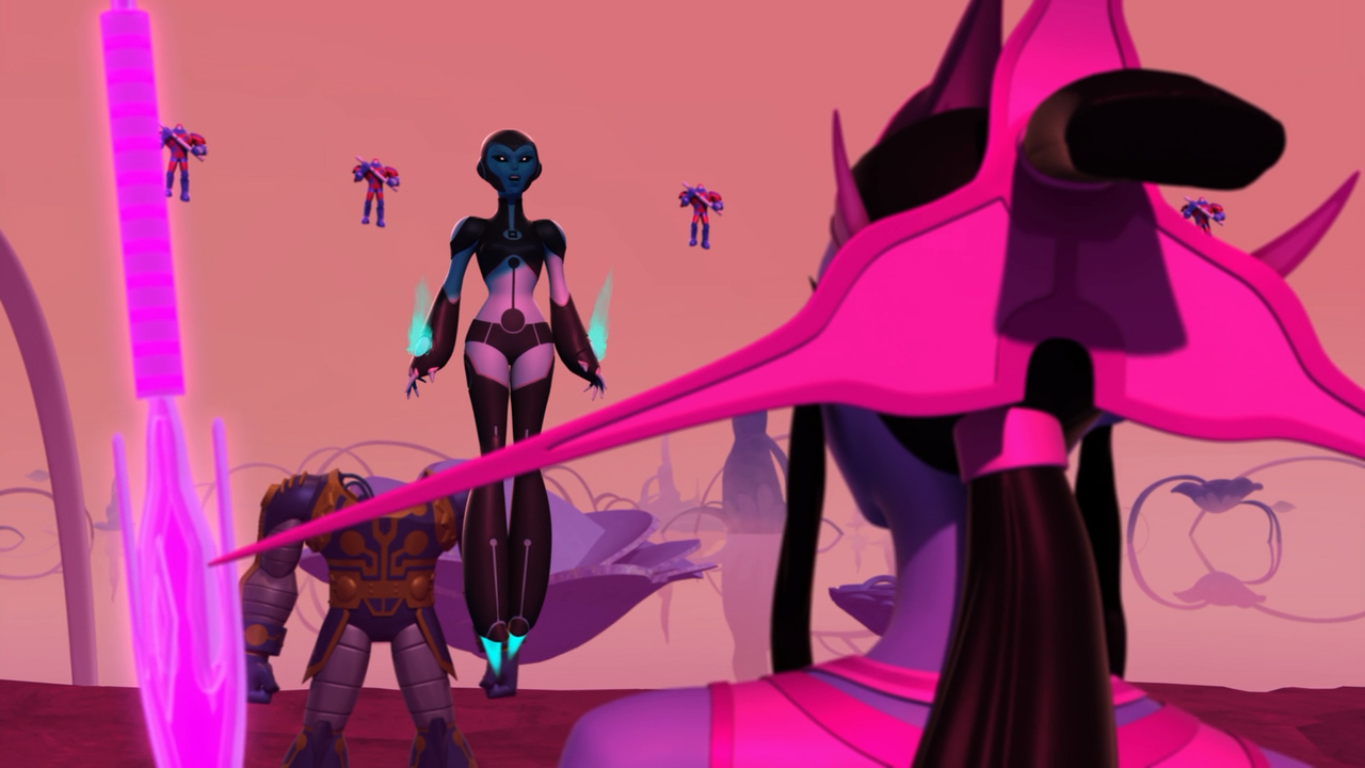
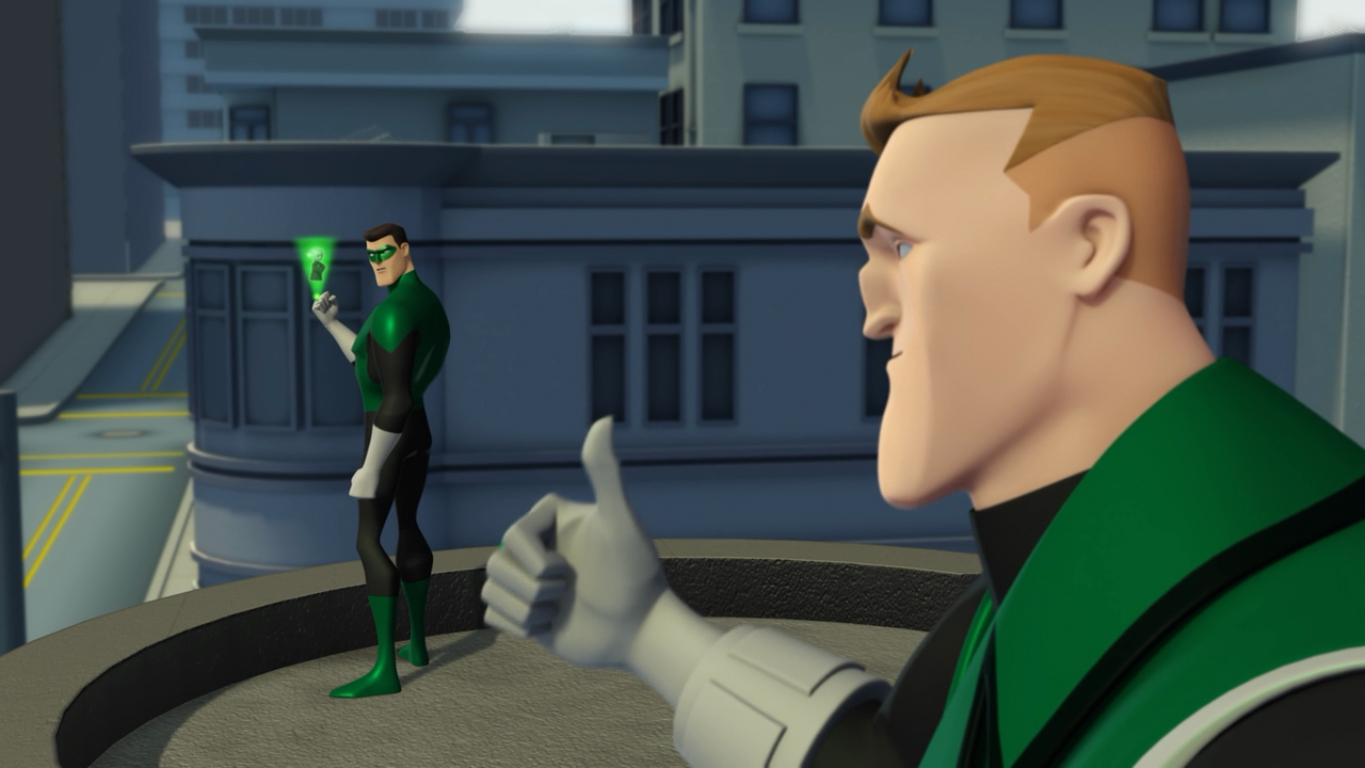
I must to see episode 27!